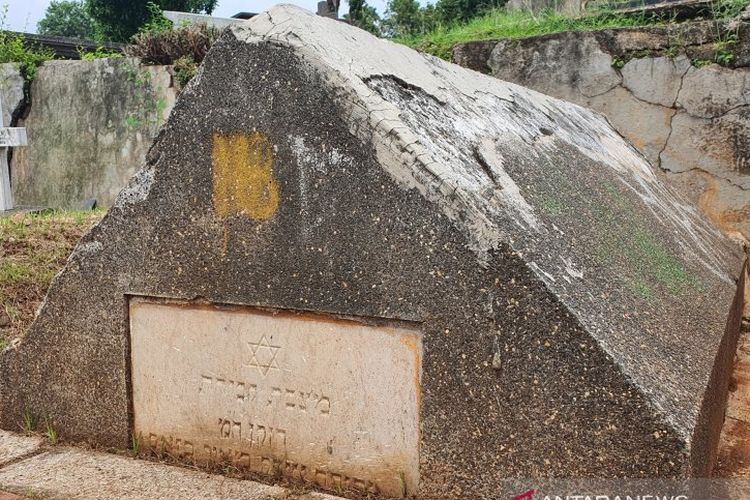Glimpses of Colonial Jakarta in Petamburan Cemetery
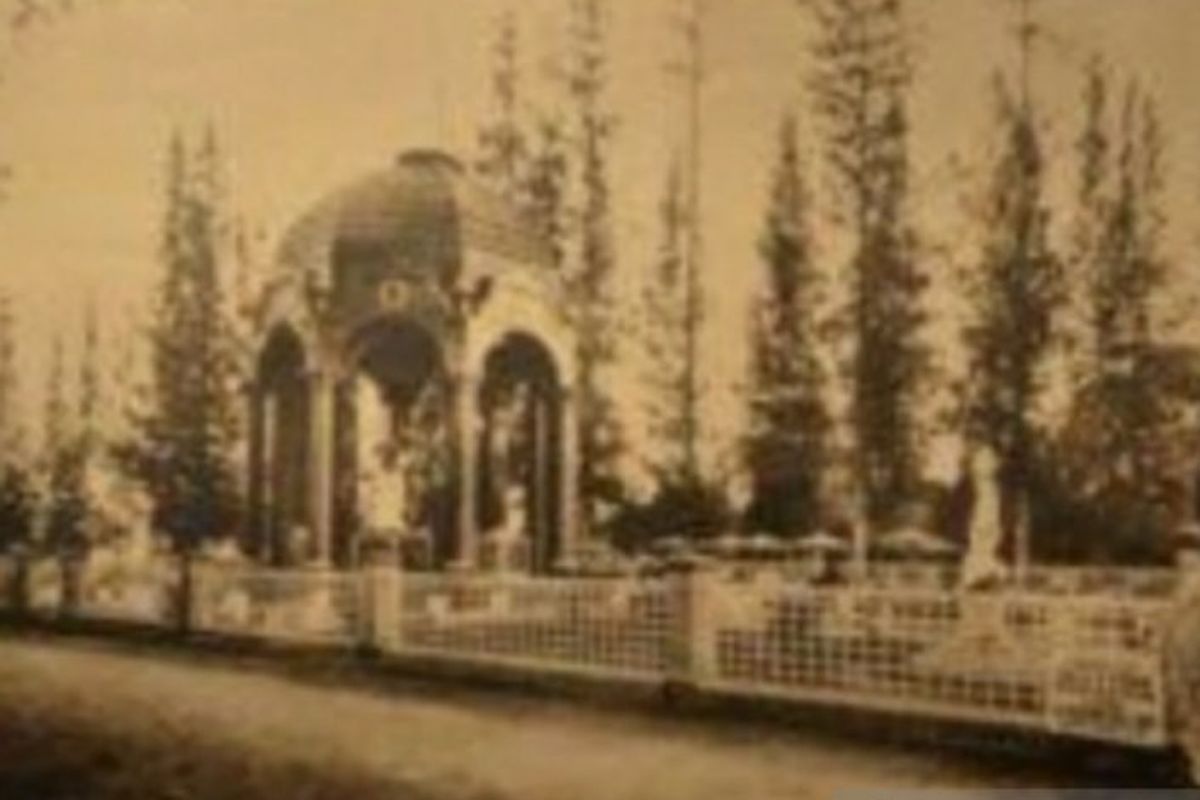
JAKARTA, KOMPAS.com – The grounds of Petamburan Cemetery remained tranquil, as befitting its standing as the oldest functioning public cemetery in Jakarta.
Founded in 1816, it is the final resting place for thousands of Jakartans since the Dutch colonial era, when it was known as Batavia. The place seemed immune from the upheavals sweeping through the Indonesian capital from war, the fight for Indonesian independence and political changes.
Petamburan is known except for three tombs: the O.G. Khouw mausoleum, the Japanese columbarium for funerary urns, and the Jewish tombs.
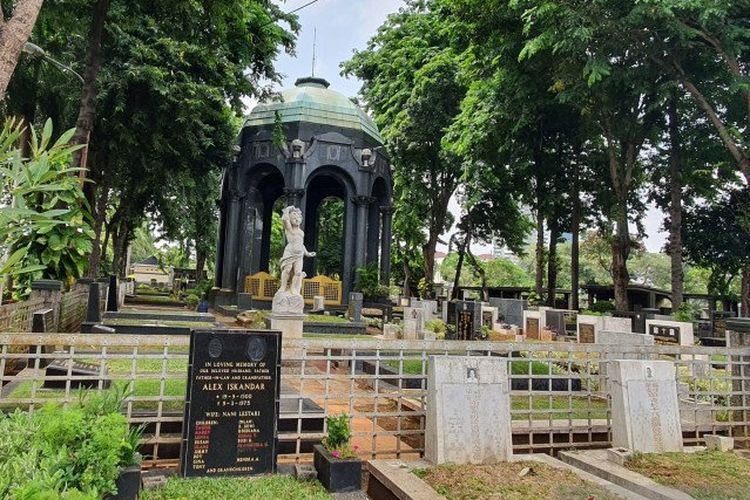 The OG Khouw Mausoleum at Petamburan Cemetery, Tanah Abang, Central Jakarta
The OG Khouw Mausoleum at Petamburan Cemetery, Tanah Abang, Central JakartaA labor of love
The O.G. Khouw mausoleum stood firm and proud over the rest of Jakarta’s Petamburan cemetery since it was commissioned by his wife Lim Sha Nio in 1927.
Made in the Art Deco style of other landmarks like the Kota train station or the Metropole cinema, the edifice evokes an era when Jakarta was a languid colonial city instead of a bustling metropolis.
Built by Jakarta colonial denizen Lim Sha Nio for her husband Oen Giok Khouw, a scion of a prominent Chinese mercantile and political family, the tomb stark, black marble facade lent a sense of lost love and mourning.
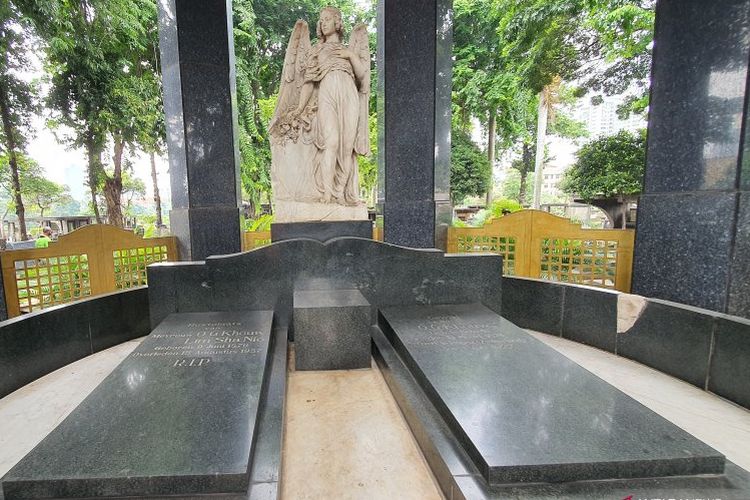 Lim Sha Nio and O.G. Khouws tombstones in the O.G. Khouw Mausoleum in Petamburan Cemetery, Tanah Abang, Central Jakarta
Lim Sha Nio and O.G. Khouws tombstones in the O.G. Khouw Mausoleum in Petamburan Cemetery, Tanah Abang, Central JakartaAlso read: This 'Gado Gado' Pushcart Is A Hidden Gem in Jakarta's Menteng District
“[The O.G. Khouw mausoleum] is often compared to the Taj Mahal in Agra, India. Lim made it to express her love for Khouw, just as Emperor Shah Jahan [made the Taj Mahal] as a labor of love for his wife Mumtaz Mahal,” said Petamburan cemetery historian Sandra Narwita.
“It is also the largest mausoleum in Southeast Asia. So it is remarkable that many people in Jakarta have never even heard of it.”
Lim spared no expense in building the tomb. “Lim Sha Nio spent $250 thousand dollars, which was a giant sum at the time, which is worth Rp. 3.5 billion today. She also hired Italian architect G. Racina to build the mausoleum,” Sandra noted.
The mausoleum is divided into two parts. The upper part featured the tombstones of O.G. Khouw and Lim Sha Nio, who was interred with her husband following her death in 1957. Statues of angels adorned the upper half, while bas-reliefs of the couple adorned the interior of the mausoleum.
The Jakarta Provincial Administration managed to keep the mausoleum in good condition, more than 90 years after its building.
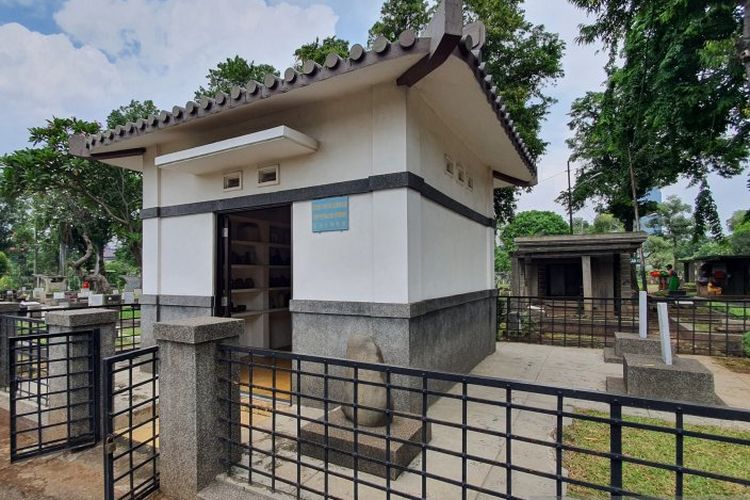 The Japanese Columbarium in Petamburan Cemetery, Tanah Abang, Central Jakarta
The Japanese Columbarium in Petamburan Cemetery, Tanah Abang, Central JakartaOther historical tombs
The whitewashed structure resembling the Japanese temple is unassuming compared to the more ornate O.G. Khouw Mausoleum, but far darker in its history. The building is none other than the Japanese Columbarium.


